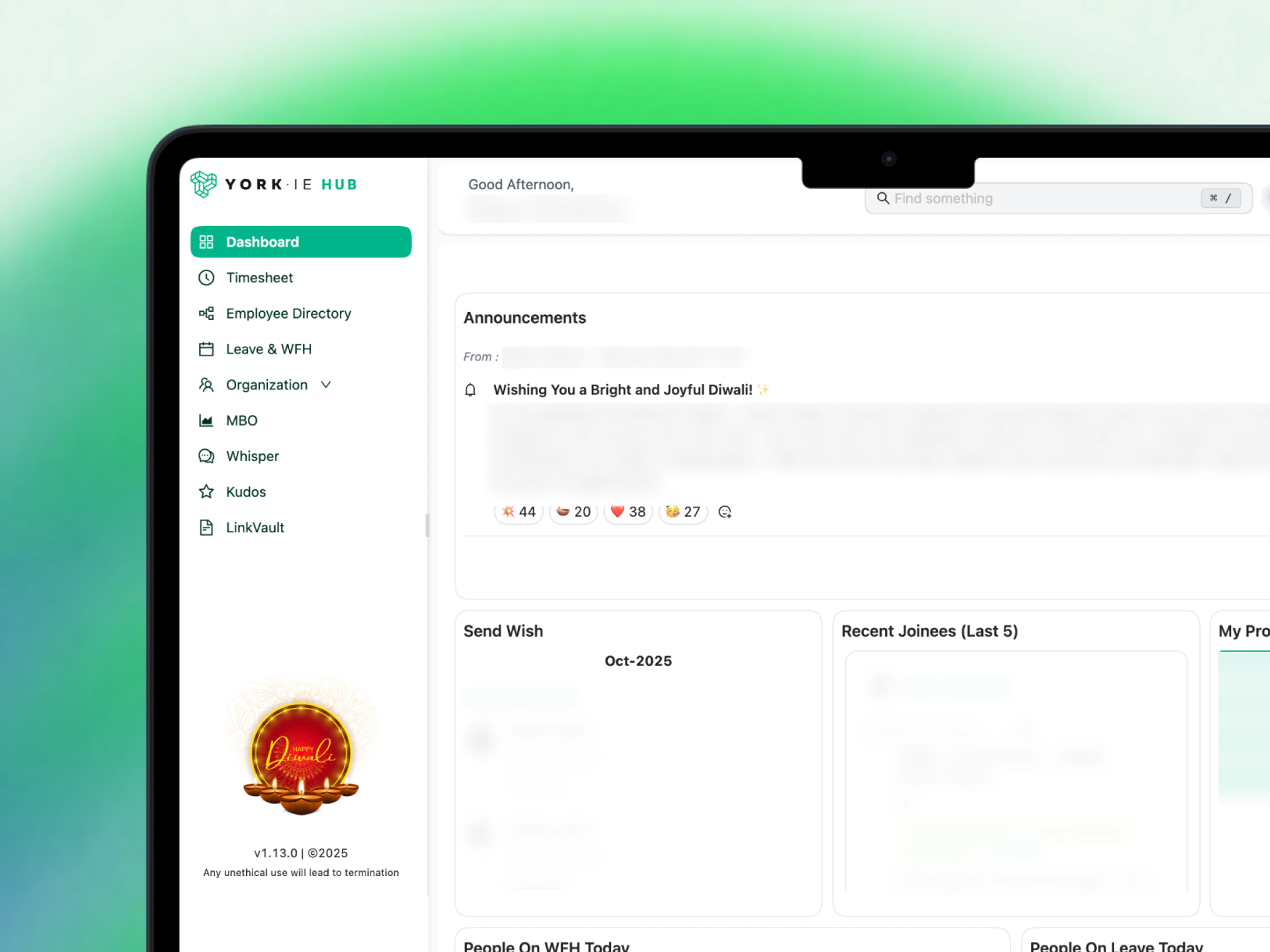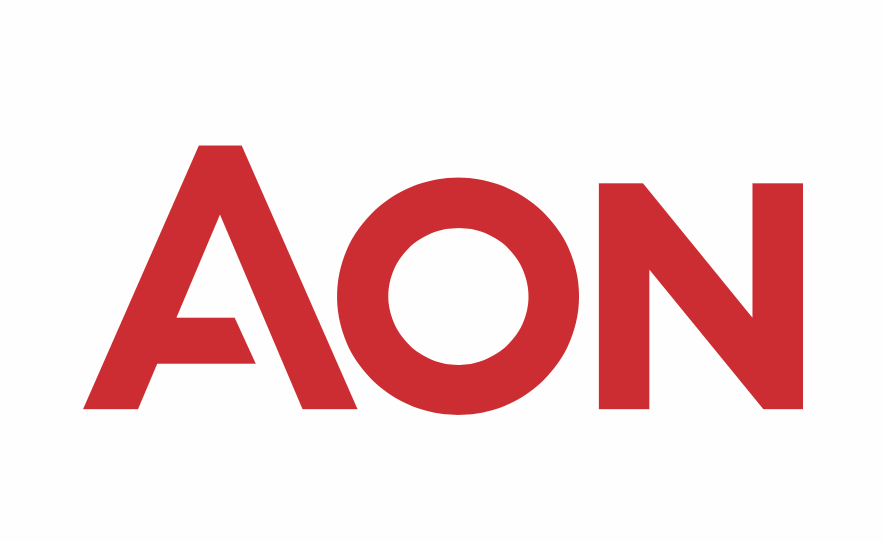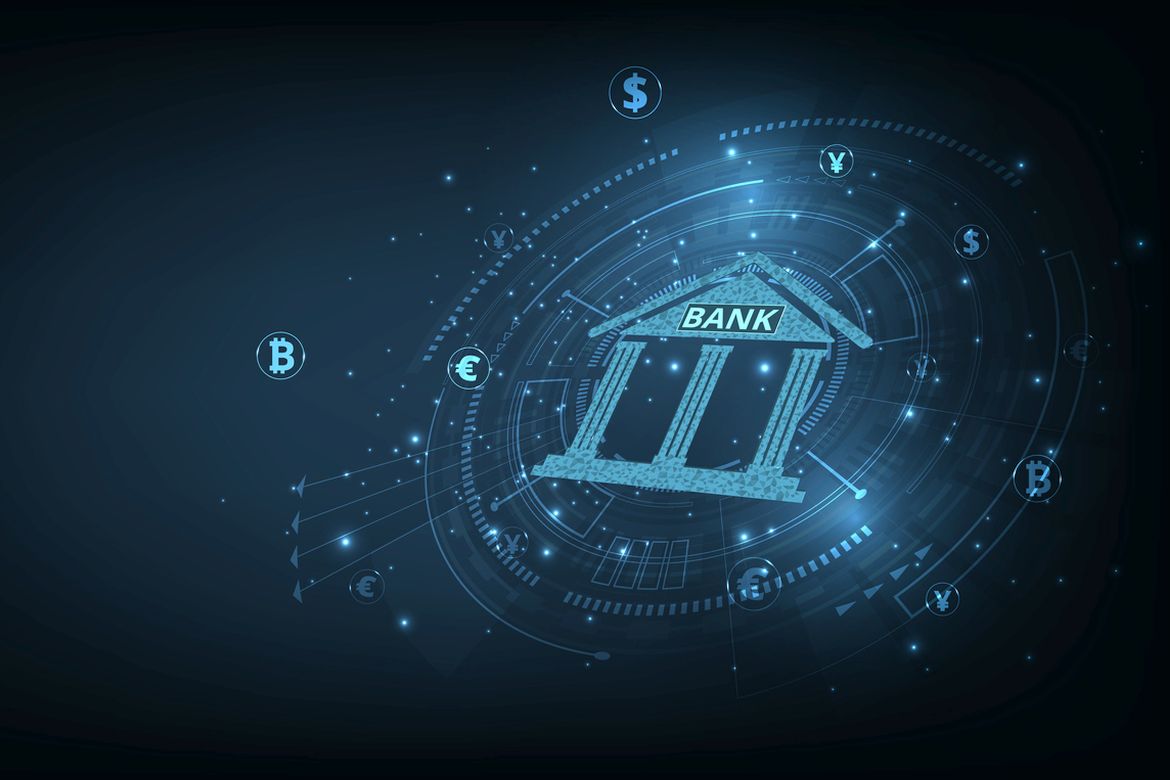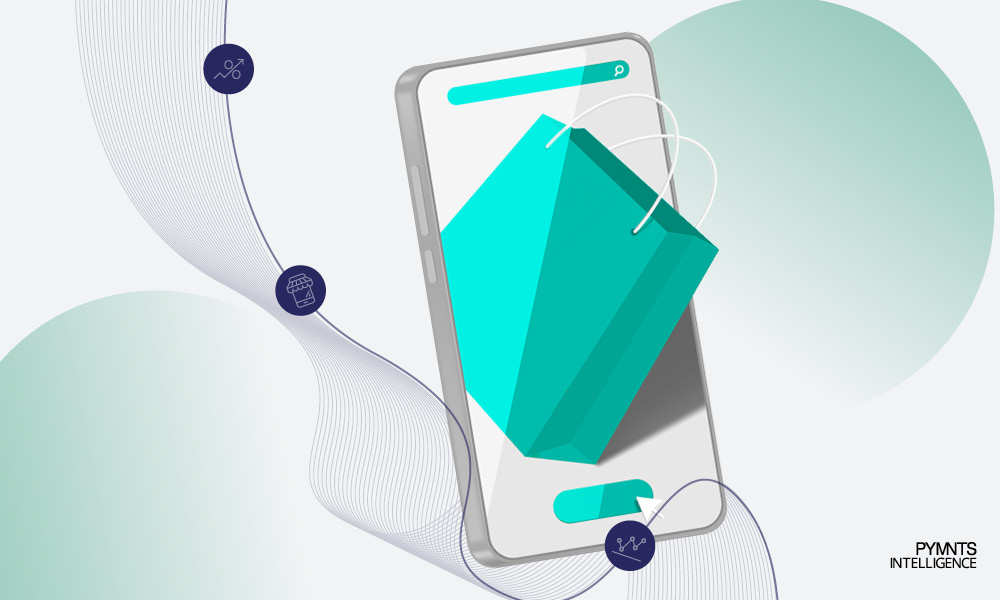Introduction
Financial Technology has revolutionized the financial services industry. FinTech has always proven to be the step towards getting more out of current technology. Financial Institutions and FinTech have mend ways and have been complementing each other in
various fields. However, there are still areas where FinTech needs an API/digital gateway to translate core banking functions. The industry is still lagging in finding a unique concept to link the different kind of services between FinTechs and Financial Institutions
(Core Banking). Through this link, the FinTech companies could work with other FinTech companies and Financial Institutions to advance their solutions more quickly.
What are FinTech Gateways
FinTech Gateway enables Financial Institutions to create:
- A one-point, standardized interface that translates communication between modern technology solutions such as Mobile Payment, Digital Assistance, with the banking core solutions.
- The Gateway would work along with other FinTechs by partnering with them and offering FinTech services and products within the banking digital services to the core banking service providers.
- Contribute to filling capability gaps such as transactions time, authentication management, response time by developing cloud-based microservices that integrate to the core via the gateway.
- Proactively offer services to customers and in turn gain insights and data on customers
- Provide facility for customers to limit, control and customize what FinTech apps are allowed to access their data.
Need for creating FinTech Digital Gateway
Why do we need a FinTech Digital Gateway, or Do we actually need a FinTech Digital Gateway? The answer is ‘Yes’. Banks have been clearly influenced by FinTech’s performance. The bank’s decision makers are now aware that they need to grow and extend their
services beyond core banking solutions and technology. For this reason, they need a strong partnership with FinTechs through APIs.
We live in a dynamic technological world when it comes to Financial Services. And such dynamic world demands a gateway technology which is highly customizable. This dynamic demand act as a fuel towards creation of a FinTech Digital Gateway. In Financial
world: “customer is debtor or creditor”. Both ways Customers need to be kept in mind for all major decisioning. The underlying need to move to FinTech-led digital gateway is to improve customer experience and improve the speed for decision making of the customer.
Use of FinTech open API holds out the promise to foster innovation and lower costs in a way that is more economical to serve the customers in both ways. Be it other FinTechs, or be it Core Banking
What FinTech Gateway does
Fintech Gateways are helping financial services organizations integrate applications more efficiently by providing real-time integration with their existing legacy applications and, bidirectional operation, production applications, and data sources. The
FinTech gateway provides financial services organizations with agility, speed and capabilities which is needed to incorporate fintech applications into their production environments, to help them innovate faster to execute a wide range of business initiatives.
Let’s take an example of a FinTech Gateway: Cloud Fintech Gateway for Financial Services Firms
Source: Intersystems
InterSystems is a company which provides a real-time, bidirectional gateway between cloud-based fintech applications and customers’ production applications. Intersystems provides a bridge for integration between real-time event and transactional data. This
integrated bridge works on inputs from large number of different back-end systems of various financial institutions and synchronize as per FinTech applications. The company follow the same process between fintech applications and the organization’s production
applications. The connectivity is bidirectional so that any changes made through the fintech applications can be securely reflected in the production applications.
Intersystems Key Benefits in terms of FinTech Gateway
- Increased Speed to Value: The Gateway improves speed to value by enabling financial services organizations to integrate cloud-based fintech solutions and technology. The process is completed in quick and easy succession into their existing infrastructures.
- Enhanced Agility: The gateway empowers financial services organizations to retort to new opportunities in their environments by making it faster to incorporate the extensive array of fintech applications and technologies.
- Increased Operational Efficiencies: The gateway simply improvises by eliminating the complications of manual integrations and old legacy approaches by utilizing modern smart data technology approach
- Supports Real-Time Scenarios: Make use of InterSystems IRIS data platform for handling real-time and transactional-analytic use cases.
How does Digital Gateway work?
The industry needs to better the current technology usage of APIs and FinTechs could help in achieving this. FinTechs could be used for creating an open fintech gateway which builds or creates a unique connecting podium/platform which could connect FinTechs
and Core Banking and eliminate the need for multiple builds. And this gateway could be used by financial institutions regardless of the chosen core — giving financial institutions, banks, and credit unions various options. This gateway communicates between
FinTechs and Bank’s Core and help fill the core capability gaps and help reach core banking services into modern technological world.
Modernized and efficient technology usage could help fill the capability gaps between FinTechs and Core banking. FinTechs can take care of some important functional issues such as API response time, or authentication management, tackle regulatory challenges,
etc.
Banks and FinTechs that adopt such level of technological modernization would also continue to provide their core services. Like, banks will continue to be the custodian of the customer with high level of security and compliance, whereas, FinTechs would
continue to innovate, explore, provide great customer experience with a better interface.
Conclusion
Financial Services organizations are leveraging the Digital Gateway which is helping them transform their business function as per the modern demands. The thought leaders of banks and fintech organizations could take example from Intersystems and develop
such digital gateways which can provide access to the financial institution’s core and bring microservices built by third parties within reach. Such gateways could also help in conserving resources as well. The microservices and the gateway access points are
cloud-based, but the actual gateway is physically located in a remote data center, which saves cost of servers and other equipment. Its high time that FinTechs and Financial Institutions turn towards FinTech Gateway for high performance output, agility, speed,
flexibility, and scalability.
Sources
1)
Finextra.com – FinTechs and Financial Institutions Can Step into the Future Through a Digital Gateway
2)
Intersystems.com – Cloud Fintech Gateway for Financial Services Firms
3)
McKinsey – Why digital strategies fail
4)
OpenLegacy FinTech API Gateway









































